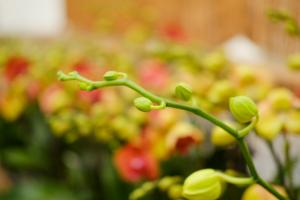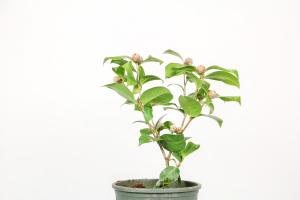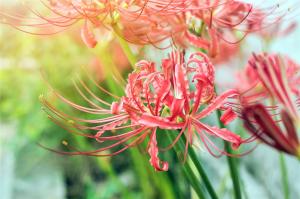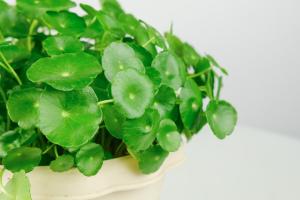What Plants and Bushes Help Stop Water Flow
One of the major problems that can be caused by heavy rainfall is flooding. Flooding can cause damage to property, homes, and infrastructure. One method of controlling the flow of water is through the planting of vegetation. In this article, we will look at some of the best plants and bushes that help stop water flow.
1. Willow Trees
Willow trees are commonly known for their ability to absorb a lot of water. They are also known as water-loving trees. These trees have deep roots that can reach down deep into the soil, which helps them to absorb a lot of water. Willow trees are also effective in preventing soil erosion because their roots hold the soil together.
2. Red Twig Dogwood
The Red Twig Dogwood is a great option for controlling water flow. Its roots hold soil together and prevent erosion, while its stems help slow down water flow. This plant is a great option to control water near streams, rivers, and wetlands. In addition to being functional, the Red Twig Dogwood is also very attractive with bright red stems that stand out in the winter months.
3. Switchgrass
Switchgrass is a type of grass native to the North American prairies. Its roots are able to hold soil together and prevent erosion while the tall stems help slow down water flow. The grass grows in clumps and is great for controlling water flow along riverbanks.
4. Swedish Aspen
The Swedish Aspen is a fast-growing tree that has a deep root system. The roots are able to absorb a lot of water, which makes it a great option for controlling water flow. The tree's leaves are also able to absorb water and release it into the atmosphere, which reduces the amount of water running off into streams and rivers.
5. American Black Elderberry
The American Black Elderberry is a shrub that is commonly found in wetland areas. It has a deep root system that can hold soil together and prevent erosion. The shrub's dense foliage is able to slow down water flow, which helps control flooding. The American Black Elderberry is also able to absorb a significant amount of water, which reduces the risk of flooding during heavy rainfall.
Conclusion
In conclusion, the planting of vegetation is an effective method for controlling the flow of water. In areas prone to flooding, the planting of trees, shrubs, and grasses can help prevent soil erosion and control water flow. Each of the plants and bushes mentioned in this article has unique features that make them great options for controlling water flow.

 how many times do yo...
how many times do yo... how many planted tre...
how many planted tre... how many pine trees ...
how many pine trees ... how many pecan trees...
how many pecan trees... how many plants comp...
how many plants comp... how many plants can ...
how many plants can ... how many plants and ...
how many plants and ... how many pepper plan...
how many pepper plan...
































